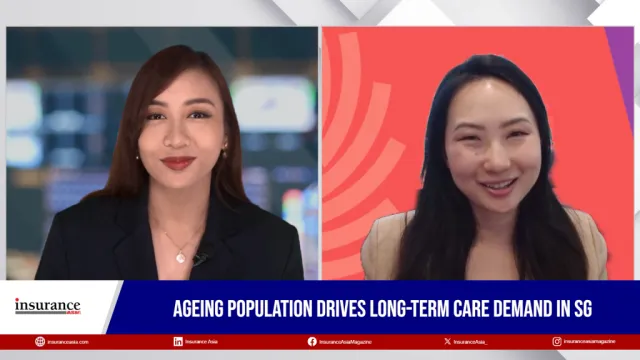
Health insurance sector set for 8% annual growth
APAC is forecast to grow at the highest CAGR, fueled by chronic disease prevalence.
The global health insurance market was valued at $2.08t in 2023 and is projected to reach $3.32t by 2032, with an estimated value of $2.25t in 2024, according to Market Data Forecast.
The market is expected to grow at a compound annual growth rate (CAGR) of 8.12% between 2024 and 2032.
Geographically, Asia-Pacific region is forecast to grow at the highest CAGR, fueled by chronic disease prevalence, large populations in China and India, and increasing private-sector involvement.
The global growth is driven by rising healthcare expenditures, an increasing number of daycare procedures, and government efforts to promote health insurance awareness.
In 2022, 47.4% of uninsured nonelderly adults did not visit a healthcare provider within the year, compared to 16.6% of those with private insurance and 14% with public coverage, highlighting the growing demand for health insurance.
Additionally, ageing populations in countries like China and across Europe are propelling industry expansion, whilst markets with younger demographics, such as India, present significant opportunities.
The Insurance Regulatory and Development Authority of India (IRDAI) reported in 2024 that 70% of young adults prioritise financial protection, further boosting demand.
Technological advancements, including AI, IoT, and big data, are streamlining claims and policy management, whilst uninsured populations in Africa and Asia represent untapped market potential.
According to the World Health Organisation (WHO), 11 million people in Africa and 550 million in Asia face catastrophic healthcare costs annually.
The private sector is expected to dominate the market, driven by the expansion of private insurers in emerging regions and the introduction of tailored policies.
The public sector is also anticipated to grow due to low premiums and government initiatives targeting low- and middle-income populations. In 2023, life-term coverage accounted for 70% of the market, benefiting from features like guaranteed death benefits and tax-saving options.



















 Advertise
Advertise








